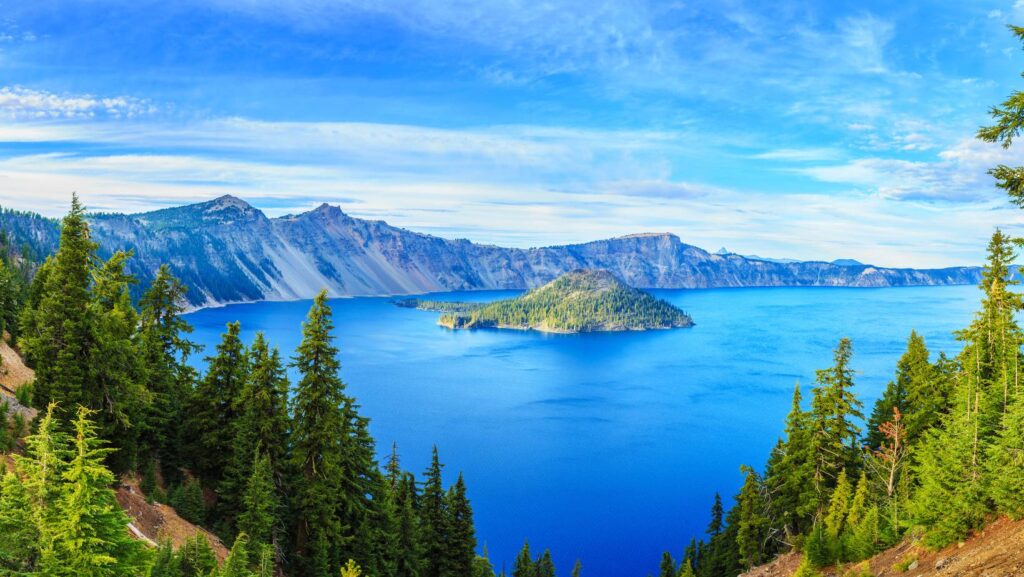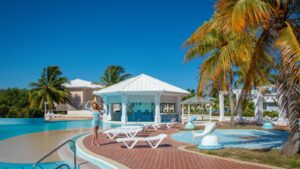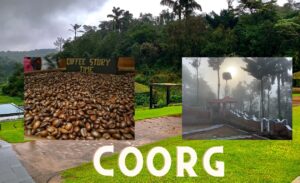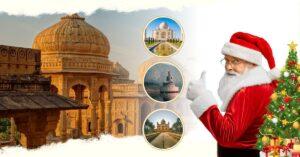Crater Lake, located in southern Oregon’s Cascade Mountains, is not only the crown jewel of Oregon but also one of the most iconic destinations in the United States. As the only national park in Oregon, Crater Lake National Park holds a special place for both locals and international visitors.
The lake, with its vibrant sapphire-blue waters, is the result of a massive volcanic eruption that occurred nearly 7,700 years ago, leaving behind a collapsed caldera that later filled with rain and snow.
The moment you arrive, you’ll notice the sheer scale and serenity of the lake. Towering cliffs surround the basin, rising up to 2,000 feet above the surface, and the water’s clarity creates reflections so perfect they look like paintings. Beyond its natural beauty, Crater Lake offers visitors the chance to explore hiking trails, go camping under star-filled skies, and learn about its fascinating volcanic origins.
Seeking adventure, family-friendly activities, or simply a place to disconnect from everyday life, Crater Lake is an unforgettable destination worth adding to your travel plans.
How Deep Is Crater Lake? Fascinating Facts About the Lake
One of the most captivating questions travelers often ask is: How deep is Crater Lake? The answer is astounding—at 1,943 feet (592 meters), it is the deepest lake in the United States and one of the deepest in the world. Its depth and clarity are what give Crater Lake its mesmerizing blue hue. When sunlight penetrates the water, all colors of the spectrum are absorbed except for blue, which is reflected back to our eyes in striking brilliance.
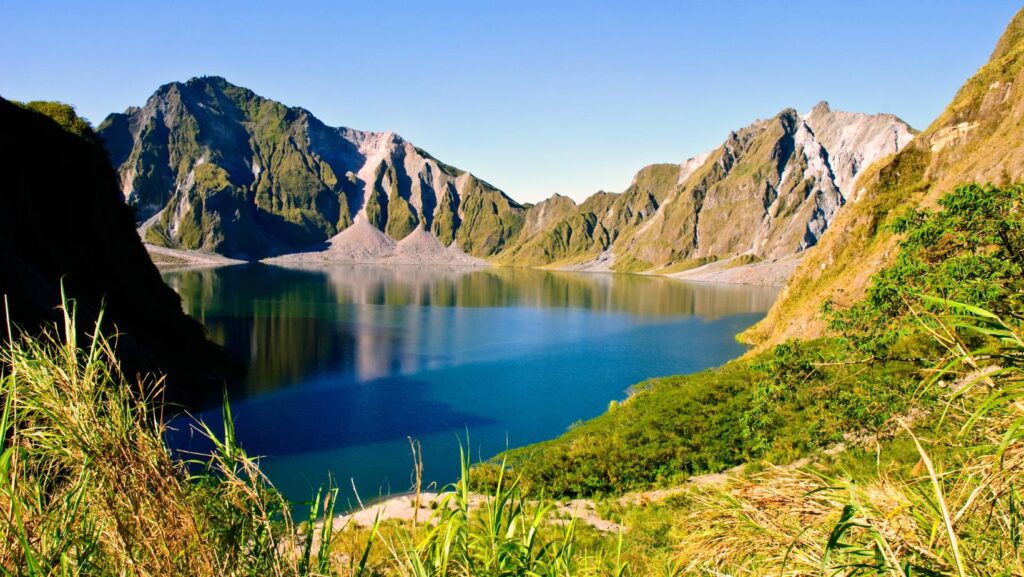
The story of how the lake was formed is equally fascinating. Crater Lake sits in the caldera of Mount Mazama, a once-mighty volcano that erupted with explosive force thousands of years ago. The eruption was so powerful that it removed the mountain’s summit, creating a massive crater that eventually filled with precipitation over centuries. Because no rivers flow in or out of the lake, the water is incredibly clean, making it one of the purest large bodies of water on Earth.
Adding to the lake’s mystique are two islands: Wizard Island, a volcanic cinder cone that you can hike to in summer, and Phantom Ship, a jagged rock formation that looks like a sailing ship emerging from the mist. These unique features make Crater Lake not just a geological wonder but also a place of legends and myths among Native American tribes, who consider the lake sacred.
Crater Lake Weather: Best Time to Visit
Weather at Crater Lake can be unpredictable due to its high elevation, and planning around the seasons is essential for a smooth trip.
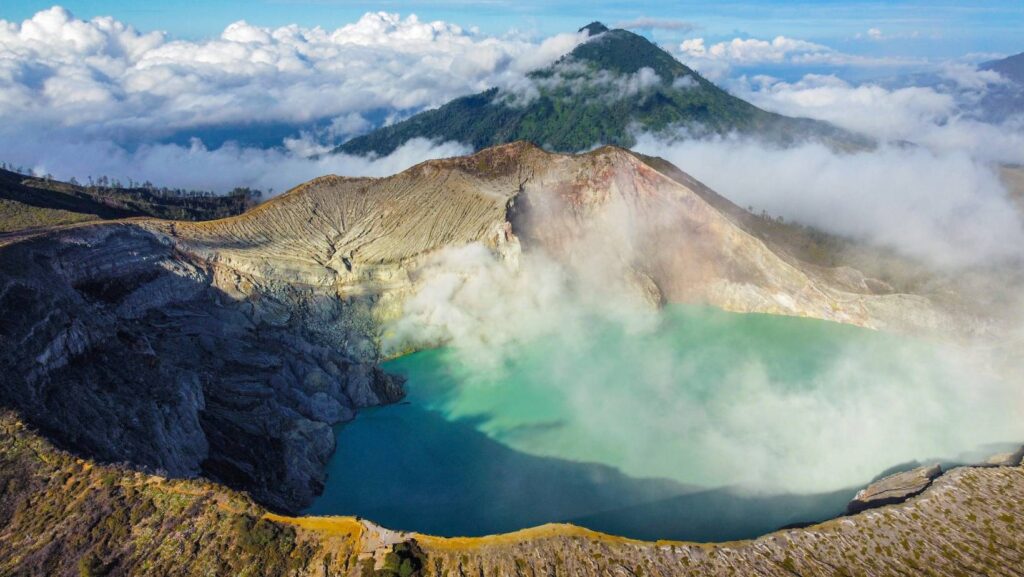
Spring (April to June): During spring, snow blankets much of the park, and temperatures are cool. Although some roads and hiking trails remain closed, spring offers peaceful views of the lake surrounded by snow. Waterfalls in the park are at their peak, making it a great time for photographers and nature enthusiasts.
Summer (July to September): The most popular time to visit, summer offers warm days, cool nights, and access to the full Rim Drive—a scenic road encircling the entire lake. With daytime temperatures between 60°F and 80°F, visitors can hike, camp, and even take boat tours to Wizard Island. This is also the busiest season, so expect crowds and book accommodations in advance.
Fall (October to November): Fall is less crowded and offers crisp, clear views of the lake. Trees display beautiful autumn colors, adding even more beauty to the landscape. However, snow can return as early as late October, and many park services begin shutting down for the season.
Winter (December to March): Winter transforms Crater Lake into a snowy paradise, with an average snowfall of 43 feet each year. While Rim Drive closes, activities like snowshoeing, cross-country skiing, and ranger-guided walks make it an excellent time for winter adventurers. The contrast of the blue lake surrounded by white snow is breathtaking.
For the best experience, summer remains the ideal season for most visitors, but those who enjoy solitude and winter sports may find the colder months equally rewarding.
Crater Lake Camping Guide: Where to Stay Outdoors
Camping at Crater Lake is one of the best ways to experience its wild beauty up close. Surrounded by tall pines and starry skies, campers enjoy a deeper connection with nature.
Mazama Campground: The largest in the park, with over 200 sites for tents and RVs. It offers restrooms, drinking water, picnic areas, and fire pits. During the summer, the Mazama Village nearby provides groceries, firewood, and other essentials, making it convenient for longer stays. Reservations are required during peak season.
Lost Creek Campground: Smaller and quieter, with only 16 tent sites available on a first-come, first-served basis. It offers a rustic experience without modern amenities, making it ideal for campers seeking peace and solitude.
Nearby National Forest Options: The Rogue River-Siskiyou National Forest, surrounding the park, offers additional campgrounds with more availability. These sites often provide more space and fewer crowds, which is perfect for those who prefer privacy.
Camping also opens the door to unique experiences such as stargazing. Crater Lake is known for some of the darkest skies in the Pacific Northwest, offering crystal-clear views of the Milky Way and meteor showers. For early risers, the sight of sunrise casting golden light over the lake is an unforgettable memory.
Staying at Crater Lake Lodge: History and Experience
For travelers who prefer comfort and history, the Crater Lake Lodge provides a one-of-a-kind experience. Built in 1915, the lodge has stood for more than a century, welcoming guests to enjoy both rustic charm and modern conveniences. Perched right on the rim, it provides unmatched panoramic views of the lake that you can enjoy from your room, the lobby, or the terrace.
Inside, guests are greeted with a warm, inviting atmosphere. The Great Hall, with its massive stone fireplace, is a perfect spot to unwind after a day of exploring. The lodge restaurant serves delicious meals made with fresh, local ingredients, offering everything from hearty breakfasts to fine dining dinners with lake views.
Rooms are modest but comfortable, offering a true mountain-lodge experience. Because the lodge is only open seasonally (late May to mid-October), it’s essential to reserve your stay months in advance. Staying here also allows you to enjoy Crater Lake without rushing back to nearby towns, making it easier to catch both sunrise and sunset in one visit.
Top Things to Do at Crater Lake
While the lake itself is the centerpiece, Crater Lake National Park offers a wide variety of activities for visitors of all ages and interests.
Hiking Trails: With over 90 miles of trails, hiking is one of the best ways to explore the park. The Cleetwood Cove Trail leads directly to the lake, where you can dip your toes in the cold water or even swim. For those seeking panoramic views, Garfield Peak Trail and Watchman Peak Trail are excellent choices.
Rim Drive: A 33-mile road circling the entire lake, offering more than 30 scenic viewpoints. It’s ideal for both driving and cycling, with photo stops that showcase the lake from every angle.
Boat Tours: Available in summer, these tours let you experience the lake from the water. Visitors can disembark on Wizard Island, where hiking trails lead to stunning viewpoints and hidden spots for fishing.
Winter Adventures: Snowshoeing, skiing, and ranger-led winter programs make the park an exciting destination even in the coldest months.
These activities ensure there is always something new to experience, whether you’re visiting for a day or an entire week.
Travel Tips for Visiting Crater Lake
To make the most of your trip, preparation is key.
- How to Get There: The closest airport is in Medford, Oregon, about 80 miles away. Renting a car is highly recommended since public transport options are limited. Crater Lake is also accessible via scenic drives if you’re coming from Portland, Eugene, or Bend.
- Entrance Fees: A one-week pass typically costs $30–$35 per vehicle. If you’re planning to visit multiple U.S. national parks, consider the America the Beautiful Pass, which provides access to all parks for a year.
- Packing Essentials: Always bring layered clothing, as temperatures can change rapidly. Sunscreen, sunglasses, and hats are necessary in summer, while snow gear is essential for winter visits. Carry enough water and snacks, as food options inside the park are limited.
- Safety Precautions: Cell service is minimal, so download maps in advance. Stay on marked trails for safety, and always respect wildlife. Remember that swimming is only allowed at Cleetwood Cove, and the water, while inviting, is extremely cold even in summer.
By preparing ahead, you can avoid common travel hassles and focus on enjoying the beauty of Crater Lake.
By understanding the Crater Lake weather, planning your stay in advance, and taking advantage of the many activities available, you’ll set yourself up for a trip that is as rewarding as it is memorable.
It’s not just a lake—it’s a world of discovery waiting for you, offering moments of peace, adventure, and beauty that you’ll carry with you long after you leave.
FAQs
1. How deep is Crater Lake?
Crater Lake is the deepest lake in the United States, measuring 1,943 feet (592 meters). Its clarity and depth make it famous worldwide.
2. What is the best time to visit Crater Lake?
The best time is summer (July to September) when all roads and hiking trails are open. Spring and fall offer fewer crowds, while winter is ideal for snow activities.
3. What is the weather like at Crater Lake?
Crater Lake weather varies by season. Summers are mild and sunny, winters bring heavy snowfall, and spring/fall can be unpredictable with cool temperatures.
4. Can you camp at Crater Lake?
Yes, popular campgrounds include Mazama Campground and Lost Creek Campground, offering options for tents and RVs. Reservations are recommended for summer visits.
5. Is there lodging at Crater Lake?
Yes, the historic Crater Lake Lodge offers cozy rooms, dining, and panoramic views of the lake. It’s open late May to mid-October and requires advance booking.
6. Can you swim in Crater Lake?
Swimming is allowed only at Cleetwood Cove, the official trail leading to the lake. Water is extremely cold even in summer, averaging 38–43°F (3–6°C).
7. How do I get to Crater Lake?
The nearest major airport is in Medford, Oregon. Renting a car is recommended, as public transportation is limited. Crater Lake is accessible via Highway 62.
8. What activities can I do at Crater Lake?
Visitors can enjoy hiking, Rim Drive scenic views, boat tours to Wizard Island, photography, stargazing, and winter snow activities.
9. Are pets allowed at Crater Lake?
Pets are allowed in certain areas such as parking lots, campgrounds, and some roads, but not on trails, in wilderness areas, or on boats.
10. Do I need a park pass to visit Crater Lake?
Yes, an entrance fee of around $30–$35 per vehicle is required for a 7-day pass. Annual America the Beautiful Passes are also accepted.
